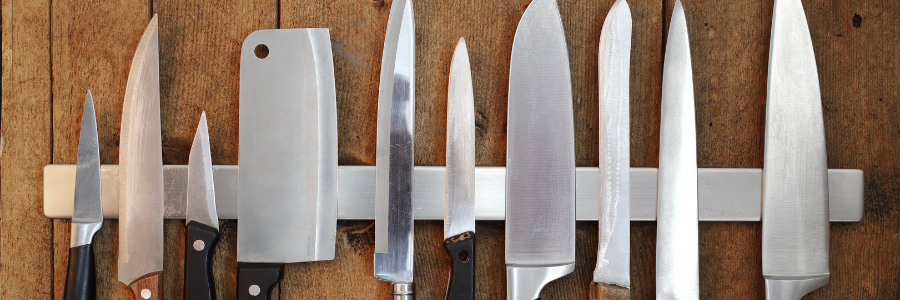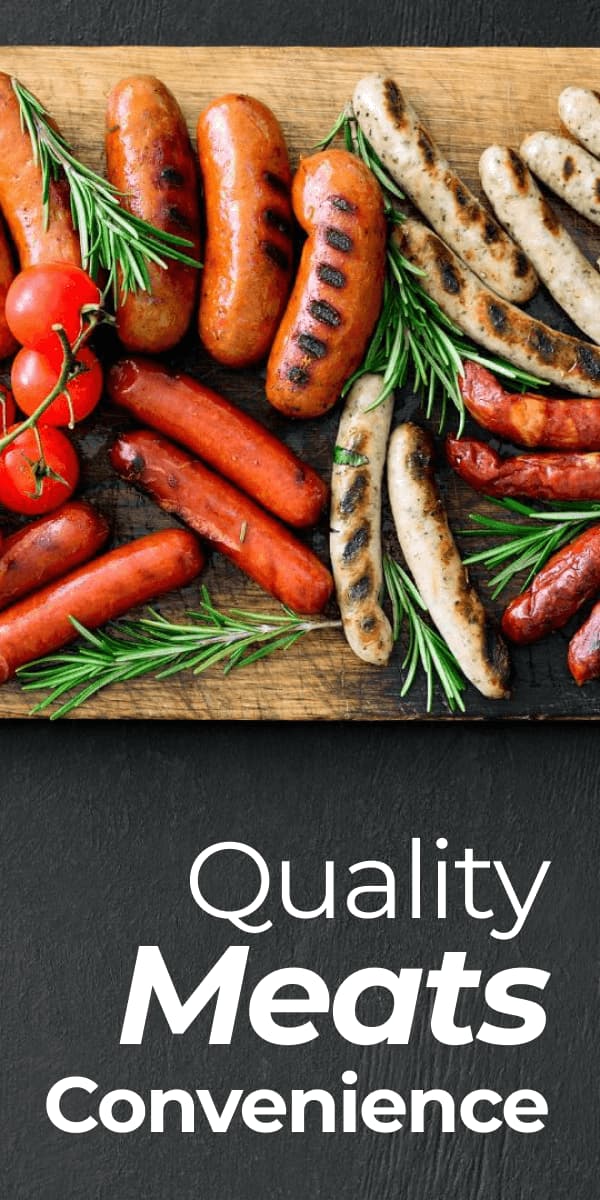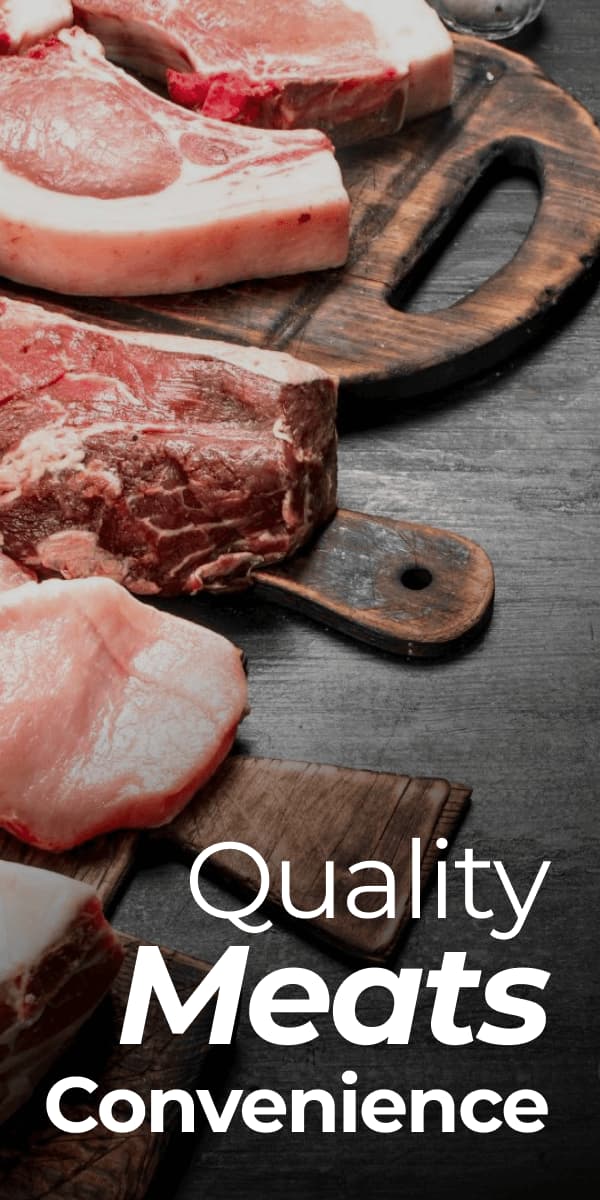
A Guide to Knife Maintenance
February 20, 2021 11:11 PM CST
Written by Emily C / February 19, 2021
One of the most important tools to have in the kitchen is your knives, so it makes sense to make sure that they are taken care of properly. If you’re a chef, a knife lover, or just someone who works with a lot of meat, a good quality knife is important. We want to make sure that you’re taking care of them in the best way because we understand the frustration of using blunt and dull knives. Here are some of the do’s and don’ts of knife maintenance.
First and foremost make sure that you respect your knives. The best knives are the sharpest ones that will make your work easy and make the product you are cutting look better.
Safety:
Believe it or not, a blunt knife is much more dangerous than a sharp one. When you are using an unsharpened knife, you use more pressure when you are cutting. If, by any chance, the knife slips and your hands or fingers are in the way, you are much more likely to do some serious damage. However, while working with a sharp knife, you will be able to use a safer pressure and it will be much easier to cut. You will also be able to work faster because you will have a new found confidence in your knives.
Make sure you keep unused sharp knives out of your work area. Though a sharp knife is not as dangerous as a dull one, a sharp knife can still hurt if you touch the blade accidentally. Also, if a knife ever falls off the space that you are working on, never try to attempt it. Since the blades are so sharp you will do some serious damage if you accidentally catch it by the blade. Finally, if you are ever passing a knife to someone, never do it with the blade first, try to put it on the counter and let the other person pick it up safely.
Buy Quality:
Make sure that you always buy the best knives possible that you can afford. There are plenty of cheap knives out there that are sharp for a few uses and then afterwards will require constant sharpening. The best option if you’re looking for quality knives is to save up for a good set. This will save you a lot of money in the long run by eliminating the need to replace knives that constantly need to be sharpened.
Maintaining Your Knives:
Now that you made the decision to purchase higher quality knives, make sure that you maintain them in the best way possible to ensure them a good life. Make sure you never put your knives into the dishwasher. The high temperatures in the water and the high pressure jets might make the knives squeaky clean, but will eventually ruin the blade. The best way to wash your knives is to do it by hand. Use hot water and mild soap and always make sure to wash them with the blade facing away from you at all times.
Honing:
What is honing and why do you have to do it? Believe it or not, knife honing is not sharpening the knife, but re-centering the edge of the knife. Knife blades are very thin and when you are cutting with them, there is pressure being put on the edge from one side or the other. Because of this the edge becomes dull because it is not centered. This is fixed when you hone your knife. Rubbing the blade on a honing steel makes the edge of the steel back to the center so you can continue cutting properly.
There are two ways to hone steel. The first, hold the honing steel in front of you while bringing the blade down the steel towards you. The opposite, safer way, is holding the steel in front of you and bringing the blade down towards the counter. Both of these techniques work the same way, but if you’re new to honing, we recommend method #2.
It’s important to make sure while you are honing your knives that you hit the angle right or you can make the blade even duller. Always try to aim for an angle between 10 and 20 degrees to get the best results. It is recommended to do this at least a half a dozen times regularly to keep your knives honed properly. However, if you use your knives to cut through bone or do excessive amounts of cutting, we recommend that you do it more often.
Like the knives themselves, if you buy a cheap honing tool, you will have to replace it more often so it is better to spend a little more so you don’t have to replace the honing steel as often.
Cutting Surfaces:
Make sure that you never cut on a metal or marble worktop. This will ruin the edges on your knives in seconds. The best material to cut on is wooden or nylon. These are much kinder to the knives and will help the edges last a lot longer. Also, never use your knife to cut paper, cardboard, or plastic These materials are also a good way to ruin the blade. For those materials, use a box cutter.
Sharpening:
There are times when it’s impractical to sharpen your knives yourself. Although you might know what you’re doing, it is always better to get your knives sharpened by a professional. There are plenty of local and mail in sharpening companies that can sharpen and even repair your knives. We also recommend sending your knives in to save the integrity of the steel which can sometimes be compromised if you sharpen it yourself.
The frequency of sharpening always depends on how often you use the knives. Just like honing, the more more that you use the knife, the more that you will have to sharpen it. Two or three times a year is the average, but depending on the usage, sharpening might be needed more often than not.
Knife Brands:
Here’s a list of brands that we recommend as an addition to your kitchen:
- F. Dick
- Giesser
- Swibo
- Victorinox
- Zwilling
- Dexter-Russell
- Green River



